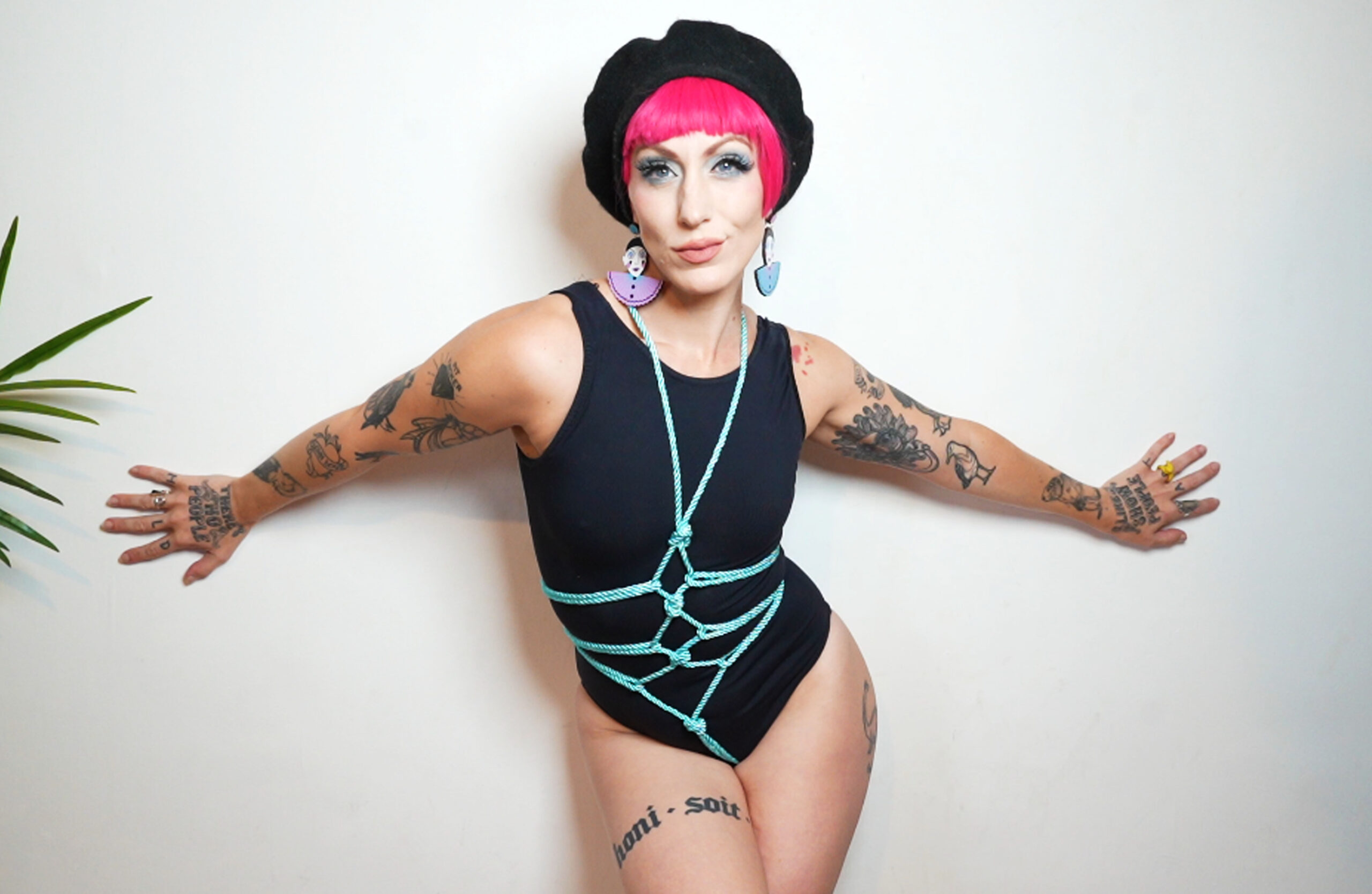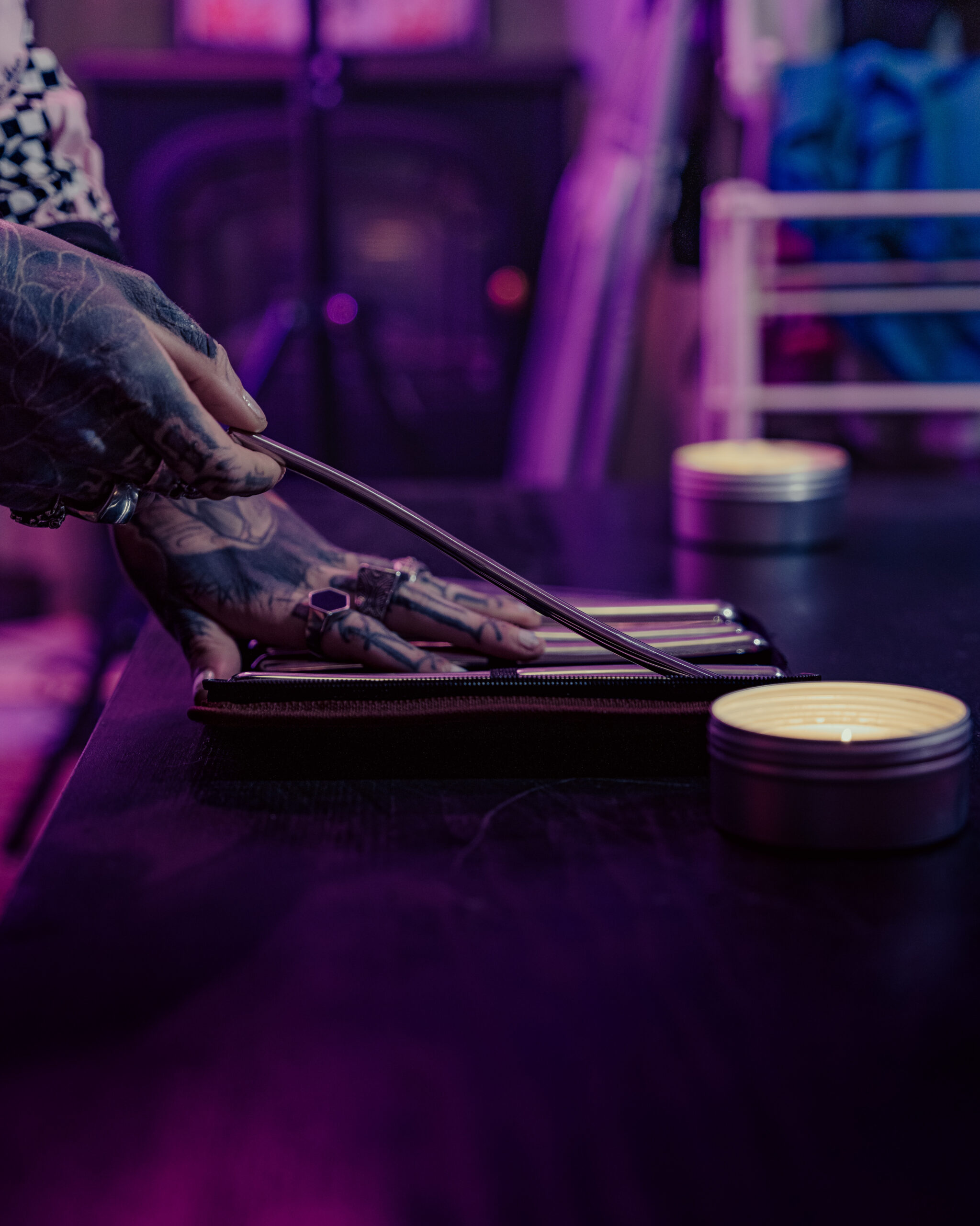Understanding Asexuality
Asexuality is a sexual orientation characterized by a lack of sexual attraction to others. It’s an important part of the LGBTQ+ spectrum, offering diverse experiences and expressions that go beyond traditional binary understandings of sexuality. This exploration delves into the various facets of asexuality, including different types, common misconceptions, and its impact on romantic relationships.
Defining Asexuality
Asexuality is a sexual orientation characterized by a lack of sexual attraction to others. It’s an important part of the LGBTQ+ spectrum, offering diverse experiences and expressions that go beyond traditional binary understandings of sexuality. This exploration delves into the various facets of asexuality, including different types, common misconceptions, and its impact on romantic relationships.
While often misunderstood, asexuality exists on a spectrum.
- Some asexual individuals may experience very little to no sexual attraction at all.
- Others might experience it rarely or under specific circumstances.
- There are also different ways in which asexual people express their romantic interests, with some being aromantic (lacking romantic attraction) and others experiencing romantic attraction.

Variations Within the Asexual Spectrum
Understanding asexuality involves recognizing its diverse expressions. It’s crucial to remember that asexuality exists on a spectrum, meaning experiences vary greatly from person to person.
Some asexual individuals may experience minimal to no sexual attraction, while others might encounter it infrequently or under specific circumstances. For example, some asexual people may be aroused by certain activities but not by the thought of engaging in them with another person.
Furthermore, asexuality doesn’t necessarily equate to a lack of romantic interest. Some asexual people identify as aromantic, meaning they don’t experience romantic attraction. Others are demisexual, experiencing sexual attraction only after forming a strong emotional bond.
This spectrum highlights the importance of individual experiences and understanding that there isn’t a single “asexual” experience.
Common Misconceptions About Asexuality
Asexuality is often misunderstood. One common misconception is that asexual people simply haven’t found the right person or are repressing their desires. Asexuality is not a choice, nor is it something that can be changed by willpower or experience.
Another misconception is that all asexual people are celibate. While some asexual individuals choose to abstain from sexual activity, others may engage in sexual acts for reasons other than sexual attraction, such as physical pleasure, intimacy, or relationship building.
It’s also important to recognize that asexuality is not synonymous with being aromantic. Some asexual people experience romantic attraction, while others do not. Just like with sexual attraction, romantic attraction can vary in intensity and expression.
Asexual Experiences and Relationships
Asexuality is a sexual orientation characterized by a lack of sexual attraction to others. It’s an important part of the LGBTQ+ spectrum, offering diverse experiences and expressions that go beyond traditional binary understandings of sexuality. This exploration delves into the various facets of asexuality, including different types, common misconceptions, and its impact on romantic relationships.
Romantic vs. Sexual Orientation
Asexuality is often misunderstood as solely about sexual behavior rather than attraction. Asexual individuals may experience varying levels of sexual attraction, ranging from none at all to experiencing it under specific circumstances or with certain activities.

It’s crucial to differentiate between sexual orientation and romantic orientation. While both relate to attraction, they are distinct. A person can be asexual (lacking sexual attraction) but still experience romantic attraction, just as someone can be heterosexual but not be interested in a committed relationship.
Understanding these distinctions is essential for recognizing the diversity within the asexual community. Asexual people may have varied experiences and preferences regarding relationships, intimacy, and physical touch.
Open communication and respect are key to navigating relationships with asexual individuals. It’s important to listen to their needs and boundaries and understand that their experiences may differ from societal norms or expectations.
The Diversity of Asexual Relationships
Asexuality is a sexual orientation characterized by a lack of sexual attraction to others. It’s an important part of the LGBTQ+ spectrum, offering diverse experiences and expressions that go beyond traditional binary understandings of sexuality. This exploration delves into the various facets of asexuality, including different types, common misconceptions, and its impact on romantic relationships.
While often misunderstood, asexuality exists on a spectrum. Some asexual individuals may experience very little to no sexual attraction at all. Others might experience it rarely or under specific circumstances. There are also different ways in which asexual people express their romantic interests, with some being aromantic (lacking romantic attraction) and others experiencing romantic attraction.
Understanding asexuality involves recognizing its diverse expressions. It’s crucial to remember that asexuality exists on a spectrum, meaning experiences vary greatly from person to person. Some asexual individuals may experience minimal to no sexual attraction, while others might encounter it infrequently or under specific circumstances. For example, some asexual people may be aroused by certain activities but not by the thought of engaging in them with another person.
Furthermore, asexuality doesn’t necessarily equate to a lack of romantic interest. Some asexual people identify as aromantic, meaning they don’t experience romantic attraction. Others are demisexual, experiencing sexual attraction only after forming a strong emotional bond. This spectrum highlights the importance of individual experiences and understanding that there isn’t a single “asexual” experience.
Asexuality is often misunderstood. One common misconception is that asexual people simply haven’t found the right person or are repressing their desires. Asexuality is not a choice, nor is it something that can be changed by willpower or experience. Another misconception is that all asexual people are celibate. While some asexual individuals choose to abstain from sexual activity, others may engage in sexual acts for reasons other than sexual attraction, such as physical pleasure, intimacy, or relationship building.
It’s also important to recognize that asexuality is not synonymous with being aromantic. Some asexual people experience romantic attraction, while others do not. Just like with sexual attraction, romantic attraction can vary in intensity and expression. Asexuality is a sexual orientation characterized by a lack of sexual attraction to others. It’s an important part of the LGBTQ+ spectrum, offering diverse experiences and expressions that go beyond traditional binary understandings of sexuality.
Asexuality is often misunderstood as solely about sexual behavior rather than attraction. Asexual individuals may experience varying levels of sexual attraction, ranging from none at all to experiencing it under specific circumstances or with certain activities.
It’s crucial to differentiate between sexual orientation and romantic orientation. While both relate to attraction, they are distinct. A person can be asexual (lacking sexual attraction) but still experience romantic attraction, just as someone can be heterosexual but not be interested in a committed relationship. Understanding these distinctions is essential for recognizing the diversity within the asexual community.
Asexual people may have varied experiences and preferences regarding relationships, intimacy, and physical touch. Open communication and respect are key to navigating relationships with asexual individuals. It’s important to listen to their needs and boundaries and understand that their experiences may differ from societal norms or expectations.
Dating and Intimacy for Ace People
Asexuality is a sexual orientation characterized by a lack of sexual attraction to others. It’s an important part of the LGBTQ+ spectrum, offering diverse experiences and expressions that go beyond traditional binary understandings of sexuality. This exploration delves into the various facets of asexuality, including different types, common misconceptions, and its impact on romantic relationships.
While often misunderstood, asexuality exists on a spectrum. Some asexual individuals may experience very little to no sexual attraction at all. Others might experience it rarely or under specific circumstances. There are also different ways in which asexual people express their romantic interests, with some being aromantic (lacking romantic attraction) and others experiencing romantic attraction.
Understanding asexuality involves recognizing its diverse expressions. It’s crucial to remember that asexuality exists on a spectrum, meaning experiences vary greatly from person to person.
Some asexual individuals may experience minimal to no sexual attraction, while others might encounter it infrequently or under specific circumstances. For example, some asexual people may be aroused by certain activities but not by the thought of engaging in them with another person.
Furthermore, asexuality doesn’t necessarily equate to a lack of romantic interest. Some asexual people identify as aromantic, meaning they don’t experience romantic attraction. Others are demisexual, experiencing sexual attraction only after forming a strong emotional bond. This spectrum highlights the importance of individual experiences and understanding that there isn’t a single “asexual” experience.
Asexuality is often misunderstood. One common misconception is that asexual people simply haven’t found the right person or are repressing their desires. Asexuality is not a choice, nor is it something that can be changed by willpower or experience.
Another misconception is that all asexual people are celibate. While some asexual individuals choose to abstain from sexual activity, others may engage in sexual acts for reasons other than sexual attraction, such as physical pleasure, intimacy, or relationship building.
It’s also important to recognize that asexuality is not synonymous with being aromantic. Some asexual people experience romantic attraction, while others do not. Just like with sexual attraction, romantic attraction can vary in intensity and expression.
Asexual people may have varied experiences and preferences regarding relationships, intimacy, and physical touch. Open communication and respect are key to navigating relationships with asexual individuals. It’s important to listen to their needs and boundaries and understand that their experiences may differ from societal norms or expectations.
Challenges and Support
Exploring the spectrum of asexuality unveils a diverse range of experiences and expressions that challenge traditional notions of sexuality. Asexuality, characterized by a lack of sexual attraction to others, is an integral part of the LGBTQ+ community, offering valuable insights into human identity and relationship dynamics. Understanding the complexities of asexuality requires acknowledging its various facets, including different types, common misconceptions, and its impact on romantic relationships.
Navigating Social Stigma
Navigating social stigma surrounding asexuality can be challenging for individuals who identify as such. Misconceptions and lack of understanding often lead to prejudice and discrimination. Asexual people may face assumptions about their relationships, sexual activity, or even their mental well-being.
One significant challenge is the pressure to conform to societal expectations around sex and relationships. Individuals who don’t fit these norms can experience feelings of isolation, invalidation, and fear of judgment. This can make it difficult to come out as asexual and build supportive connections.
Support systems are crucial for helping asexual individuals navigate these challenges. Open communication with friends, family, or a trusted therapist can provide valuable emotional support and validation. Joining online communities or local LGBTQ+ organizations offers opportunities to connect with others who understand their experiences.
Education and awareness-raising play a vital role in reducing stigma surrounding asexuality. Sharing accurate information about asexuality, challenging misconceptions, and promoting inclusivity can create a more accepting environment for asexual individuals.
Finding Community and Connection
Asexuality is a spectrum, and navigating the social landscape can present unique challenges for individuals who identify as such. Societal pressure often centers around conforming to traditional notions of sexuality, relationships, and intimacy. This can lead to feelings of isolation, invalidation, and fear of judgment for those who don’t fit these norms.
Finding community and connection is essential for combating these challenges. Connecting with other asexual people provides a sense of belonging, validation, and shared understanding. Online communities and local LGBTQ+ organizations offer safe spaces to discuss experiences, access resources, and build lasting friendships.
Furthermore, open communication with friends, family, or a therapist can be invaluable. Sharing experiences and seeking support from loved ones who are willing to listen and learn can foster empathy and understanding.
Resources and Support Organizations
Exploring the spectrum of asexuality unveils a diverse range of experiences and expressions that challenge traditional notions of sexuality. Asexuality, characterized by a lack of sexual attraction to others, is an integral part of the LGBTQ+ community, offering valuable insights into human identity and relationship dynamics. Understanding the complexities of asexuality requires acknowledging its various facets, including different types, common misconceptions, and its impact on romantic relationships.
Navigating social stigma surrounding asexuality can be challenging for individuals who identify as such. Misconceptions and lack of understanding often lead to prejudice and discrimination. Asexual people may face assumptions about their relationships, sexual activity, or even their mental well-being.
One significant challenge is the pressure to conform to societal expectations around sex and relationships. Individuals who don’t fit these norms can experience feelings of isolation, invalidation, and fear of judgment. This can make it difficult to come out as asexual and build supportive connections.
Support systems are crucial for helping asexual individuals navigate these challenges. Open communication with friends, family, or a trusted therapist can provide valuable emotional support and validation. Joining online communities or local LGBTQ+ organizations offers opportunities to connect with others who understand their experiences.
Education and awareness-raising play a vital role in reducing stigma surrounding asexuality. Sharing accurate information about asexuality, challenging misconceptions, and promoting inclusivity can create a more accepting environment for asexual individuals.
Asexual people face unique challenges due to the prevailing societal focus on sexual activity as a defining aspect of human experience. The expectation that everyone should desire and engage in sex can lead to feelings of isolation and inadequacy for those who don’t share this norm.
Fortunately, there are various resources and support organizations available to help asexual individuals navigate the elevator sex position these challenges and build supportive connections:
-
**The Asexual Visibility and Education Network (AVEN)**: This online community provides information, support, and advocacy for asexual people worldwide. They offer forums, articles, educational resources, and a welcoming space to connect with others.
-
**Asexualia**: Another prominent online resource, Asexualia features discussions, articles, personal stories, and events aimed at fostering understanding and acceptance of asexuality.
-
**Human Rights Campaign (HRC)**: While not exclusively focused on asexuality, the HRC advocates for LGBTQ+ rights, including those of asexual individuals. They provide legal resources, educational materials, and support networks.
Emily Patricia Fae
Fortie Label
- Why Does My Lip Filler Keep Migrating - November 3, 2025
- What Is The Difference Between CBD Gummy Edibles And Tinctures - October 31, 2025
- What Are The Best CBD Gummy Sweets For Daily Use - October 30, 2025
